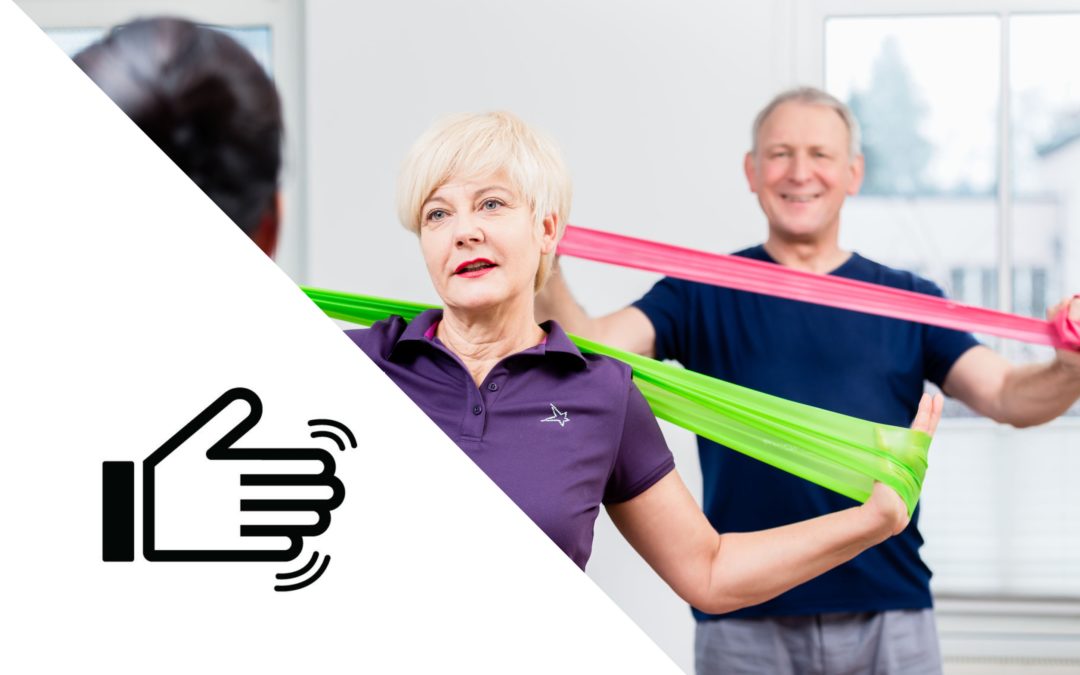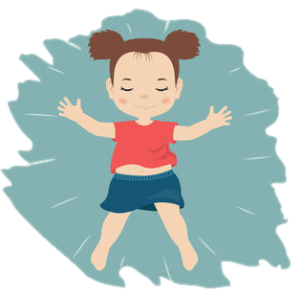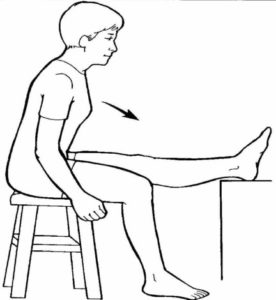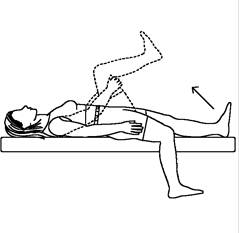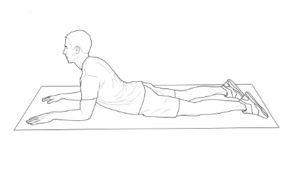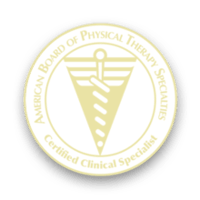Why Does Parkinson Disease cause stooped posture?
Muscles rigidity
Parkinson disease causes muscles (primarily the muscles in the neck and legs) to become rigid. Muscle rigidity is characterized by stiffness, and the inability to relax. When the muscles in the legs and neck become rigid, the head will remain flexed forward and the hips and knees stay bent.
Loss of automatic responses
Another problem that occurs is the loss of automatic responses. Maintaining an upright posture is possible because of this “automatic response system” in the brain. This is what allows us to maintain an upright posture without thinking about it. When this system is not working, essential postural muscles will become under-active and cause the spine to flex forward.

Loss of proprioception (body awareness)
The third and final problem is loss of proprioception, the sensation of knowing where the body is in space. Space? ![]()
![]()
Body in Space!
Why is proprioception so important?. First, rigid muscles in the neck and legs flex the body. Additionally, muscles that extend the spine become under-active. Furthermore, you have no idea this is even happening (loss of proprioception). The result? The body stays in a flexed position ALL. THE. TIME. 🙁
But wait!
It is NOT as doom and gloom as I make it sound. The good news is you CAN correct stooped posture. How? The first step is “Knowing”. Remember the body awareness thing? Hopefully now you are more……..aware. 🙂
The next step is to correct the problem with some very important exercises.
What are the best exercises for stooped posture?
Stretching
Stretching should focus on the muscles in the legs and on the front side of the spine. These muscles are the most common muscles to become rigid. When stretching move into each position slow and stop when you feel resistance from the muscle.
Hamstring Stretch
- Sit with the leg extended on another chair or
- Keep the back straight and lean forward
- You should feel a stretch in the muscles behind the knee and on the back of the thigh
Hip Flexor Stretch
- lay on your back on a semi firm surface (a bed is ok but a firmer surface is preferable)
- drop one leg off the side
- If you can grab the opposite thigh with your hands you can pull the opposite knee toward your chest to deepen the stretch.
Hip and Back Stretch
- lay on your stomach
- place your elbows directly under your shoulders to lift your chest
- make sure your hips stay in contact with the bed or mat
Door Stretch
- stand in a door way with your arms on the door frame as shown in the picture
- step forward or lean forward moving your body through the doorway until you feel a stretch on the front of the chest and shoulders
- Hold this for 20-25 seconds.
- While holding this position try and take deep breaths to deepen the stretch.
High amplitude movement retraining
Seated
Sit in a chair with your feet flat on the floor and your back straight. Now perform following:
Lift your chest and sit up as straight as possible
Reach for the floor as shown
Reach your arms toward the sky
Reach your arms back
Extend your arms out to the side and twist trying to look directly behind you
Repeat to the opposite side
Stand against a wall
Keep your lower back and your upper back in contact with the wall.
Extend your arms out to the side
Reach the arms overhead making sure not to lose contact with the wall

